How Material Handling Teams Use Vacuum Lifters and Slab Lifters to Boost Productivity
Two pieces of material-handling equipment that have revolutionized operations are the vacuum lifter and slab lifter.
Introduction
In today’s fast-paced material handling landscape, efficiency and safety are paramount. From manufacturing floors to construction sites, teams are continually challenged to move heavy loads quickly and without incident. When integrated into a comprehensive material handling strategy, these devices not only accelerate workflows but also reduce worker fatigue and injuries. This article explores how modern material handling companies harness these tools—alongside complementary solutions like lifting clamp, scissor lifter, and ratchet tie down traps—to optimize processes and drive productivity.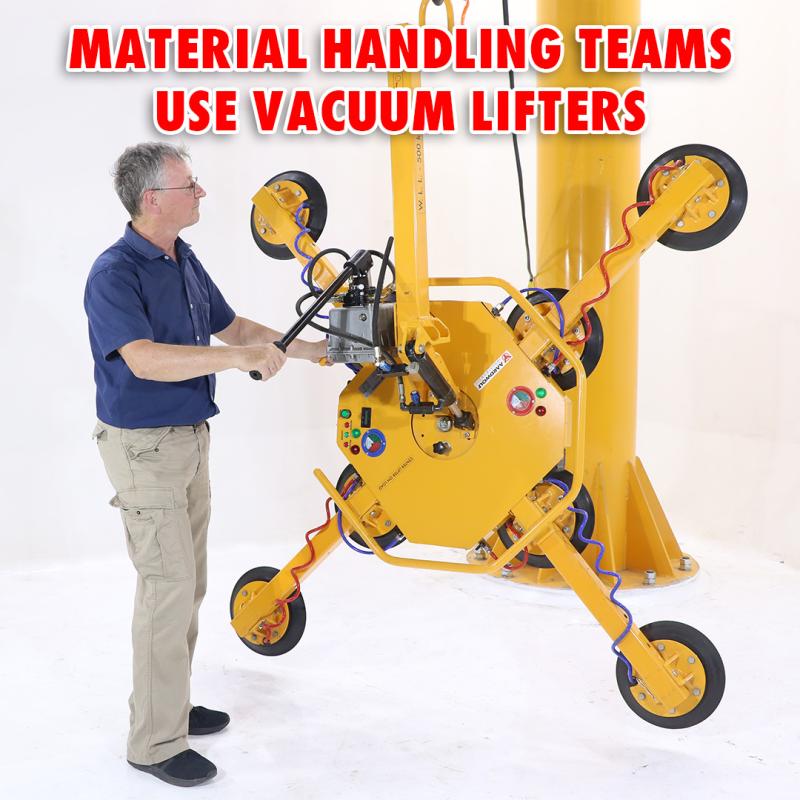
The Role of Vacuum Lifters in Modern Material Handling
What Is a Vacuum Lifter?
A vacuum lifter is a lifting device that uses suction power to attach to and lift loads with smooth, non-porous surfaces. Ideal for handling sheet materials such as glass, metal plates, and granite, vacuum lifters eliminate the need for manual gripping and slings. By automating the lift-and-place cycle, teams can handle larger panels with greater speed and precision, reducing cycle times on repetitive tasks.
Key Benefits of Vacuum Lifters
-
Enhanced Efficiency: Vacuum lifters drastically cut the time required to position heavy slabs or panels. Their rapid attach-detach cycle minimizes downtime between lifts.
-
Improved Safety: By removing manual holding, vacuum lifters decrease pinch-point exposures and muscle strain injuries.
-
Versatility: Many models are compatible with a variety of surfaces and can be mounted on cranes or mobile bases for maximum flexibility.
-
Cost Savings: Reduced labor hours and fewer injury-related costs translate into significant ROI for material handling companies.
To explore a range of options, consider the vacuum lifter designed for heavy-duty loads and precise control.
Leveraging Slab Lifters for Heavy-Duty Loads
Understanding Slab Lifters
A slab lifter is specifically engineered for transporting thick, heavy slabs—such as granite, marble, or engineered stone—from point A to point B. Unlike vacuum lifters, slab lifters often employ mechanical clamping combined with ergonomic handles or crane attachments to secure the load.
Advantages of Slab Lifters
-
Robust Load Capacity: Slab lifters can handle significant weights—often exceeding 500 kg per unit—making them essential for stone fabrication shops.
-
Durability: Constructed from hardened steel and protective coatings, slab lifters withstand harsh industrial environments.
-
Ease of Use: Quick-adjust clamps and pivoting hooks simplify setup, allowing operators to focus on placement rather than equipment fiddling.
-
Consistency: Mechanical grip systems ensure reliable hold on irregular slab edges, minimizing slippage.
For teams seeking an automatic solution with roller adjustments, the slab lifter offers seamless integration with overhead cranes and gantries.
Integrating Complementary Equipment in Material Handling Workflows
Gantry Cranes: The Backbone of Heavy Lifting
When lifting capacities exceed floor-mounted lifters, a gantry crane provides a versatile overhead solution. Gantry cranes support both vacuum lifters and slab lifters on a mobile bridge, enabling long-span coverage without the need for permanent infrastructure.
Jib Cranes for Localized Tasks
For targeted lifting zones, a jib crane offers a compact and cost-effective option. Its swinging arm design pairs well with portable vacuum lifters and scissor lifter attachments, making it ideal for workshops and loading bays.
Scissor Lifters and Lifting Clamps
-
Scissor Lifter: A floor-loading platform that raises and lowers loads to ergonomic heights, reducing bending and reaching. Explore the versatile scissor lifter for precise height adjustments.
-
Lifting Clamp: A mechanical clamp used for steel plates and beams. Its simple design ensures a firm grip every time, complementing vacuum and slab solutions where surface conditions vary.
Securing Loads with Ratchet Tie Down Straps
Once a load is lifted, proper securing is crucial. High-strength ratchet tie down straps prevent shifting during transit, ensuring that loads remain stable from pick-up to drop-off.
Designing Efficient Material Handling Processes
Evaluate Your Material Handling Industry Needs
Every operation is unique. Start by mapping out your facility layout and material flow. Identify high-throughput areas where cycle times directly impact output. In these zones, automated lifters and overhead cranes typically yield the greatest returns.
Select the Right Equipment Mix
-
Small Loads & Bench Work: Manual lifting equipment like ratchet straps and lifting clamps suffice.
-
Medium Panels: Combine a scissor lifter with a jib crane and a portable vacuum lifter for bench-to-crane transfers.
-
Large or Irregular Slabs: Deploy slab lifters on a gantry crane for full-coverage handling.
Train and Standardize
Invest in operator training on each device. Standard operating procedures (SOPs) for attachment, safe lifting ranges, and emergency protocols reduce errors and downtime. Well-trained teams align with best practices in the material handling industry, boosting morale and performance.
Safety Considerations for Vacuum and Slab Lifting
Pre-Use Inspections
-
Vacuum Lifters: Check seal integrity, vacuum gauge readings, and battery life or power source.
-
Slab Lifters: Inspect clamps, structural welds, and connection points for wear or damage.
Safe Operating Limits
Adhere to manufacturer-specified weights and capacity limits. Overloading compromises safety and equipment lifespan.
Emergency Response
Equip work areas with accessible shut-off valves and clear signage. Train operators on immediate procedures if a device fails mid-lift.
Measuring ROI and Productivity Gains
Key Performance Indicators (KPIs)
-
Cycle Time Reduction: Track the time from load pick-up to placement. Automation often cuts this by 30–50%.
-
Injury Rates: Monitor incident logs. Reduced manual lifting correlates with fewer musculoskeletal injuries.
-
Labor Utilization: Calculate operator hours saved per week. Freed time allows teams to focus on value-added tasks.
Real-World Case Study
A mid-sized fabrication shop replaced manual slab handling with a combination of vacuum lifters and a gantry-mounted slab lifter. The result? A 40% increase in daily output and a 60% drop in worker fatigue complaints—demonstrating clear material handling benefits across productivity and safety metrics.
Future Trends in Material Handling Equipment
Automation and Industry 4.0
Smart lifters equipped with IoT sensors are on the rise. These devices relay real-time load data to central dashboards, enabling predictive maintenance and further reducing downtime.
Collaborative Robotics
Cobots (collaborative robots) integrated with vacuum and slab lifters promise to shoulder repetitive tasks, allowing human operators to manage complex workflows.
Conclusion
In the evolving material handling industry, leveraging the right tools makes all the difference. By combining vacuum lifter technology with robust slab lifters, and integrating complementary equipment—such as gantry crane, jib crane, scissor lifter, and ratchet tie down traps—teams can dramatically boost productivity, enhance safety, and drive cost savings. Whether you’re a small workshop or a large industrial facility, a strategic approach to handling material ensures you stay ahead in a competitive market. For further insights into material handling best practices, explore our guide on what is an example of material handling and start transforming your operations today.













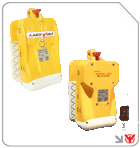

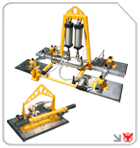
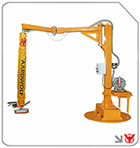
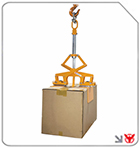
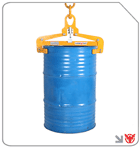

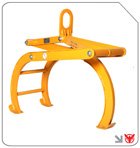

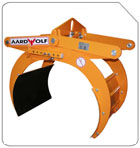
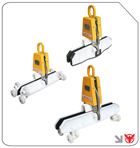

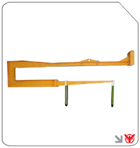
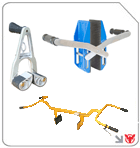
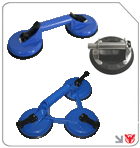

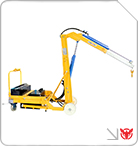

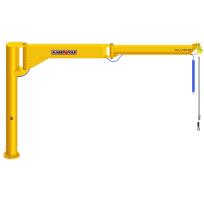
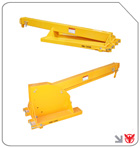
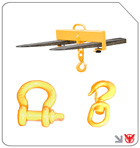
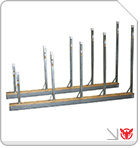
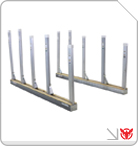
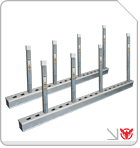



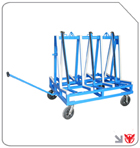

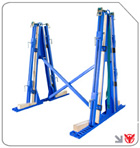
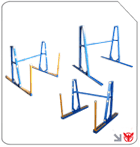
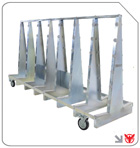



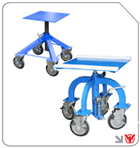




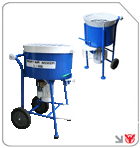

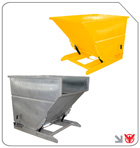


Follow us on: